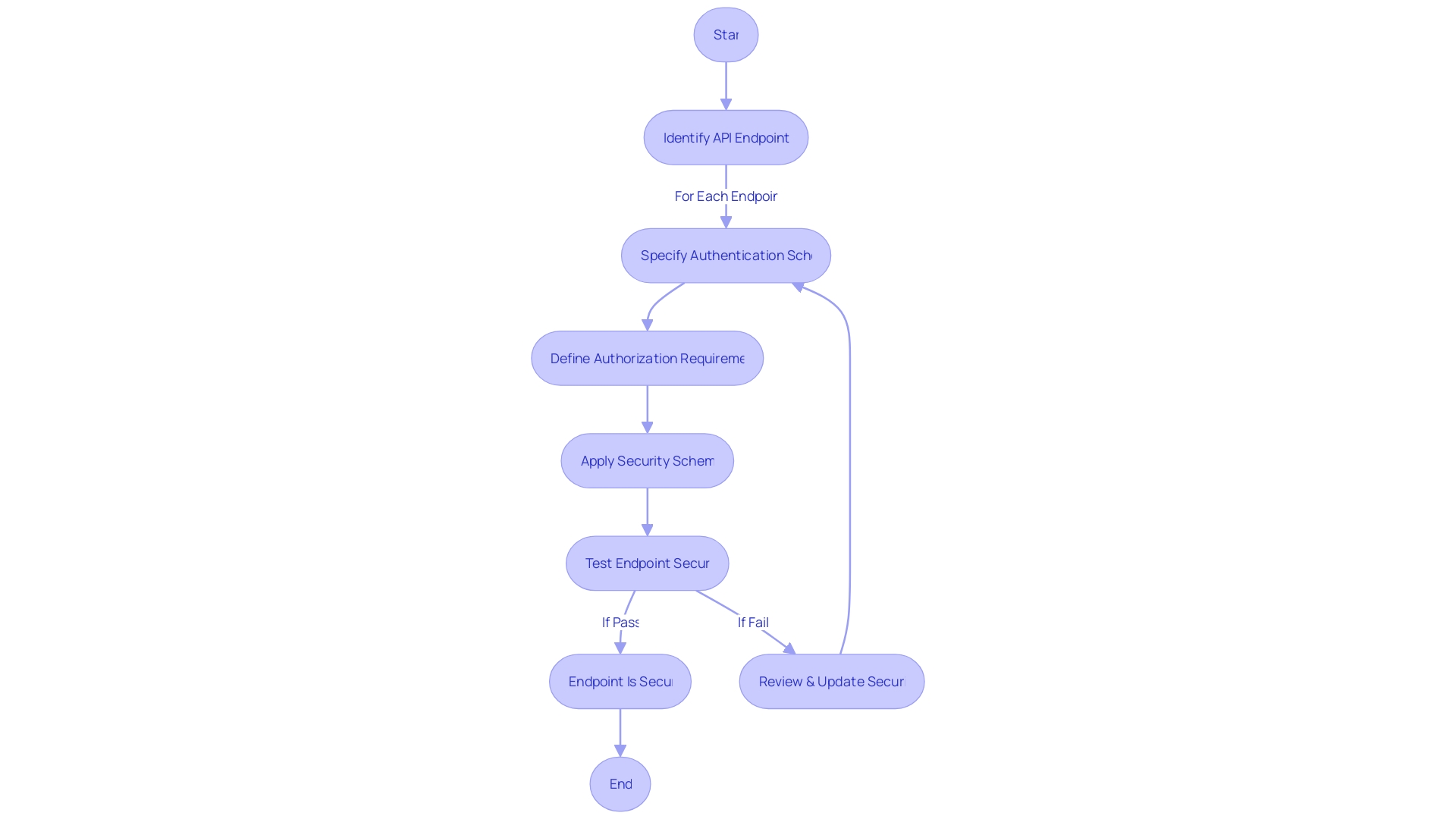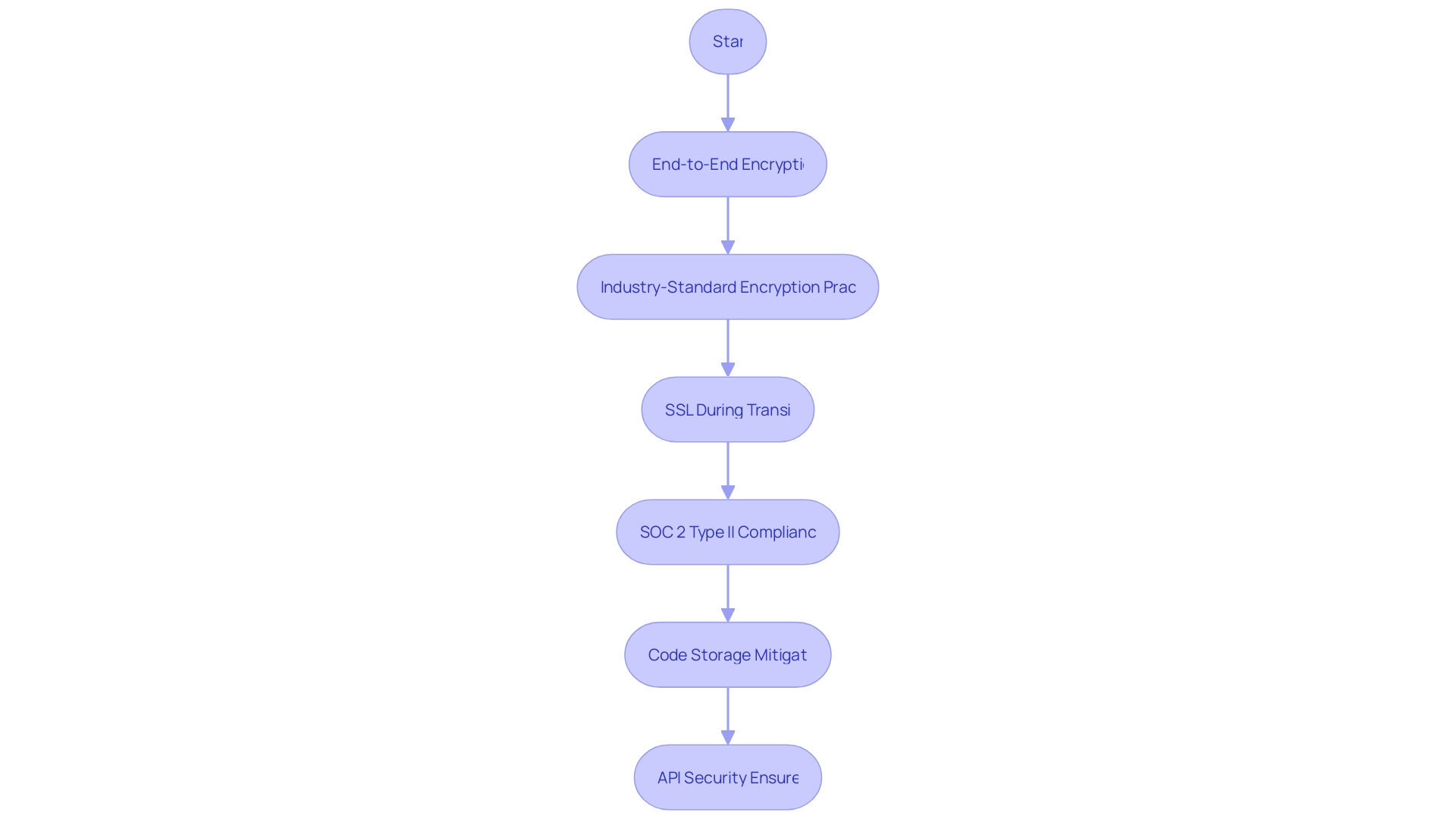Introduction
OpenAPI is a powerful tool for API design and documentation, but in today's digital landscape, security is a top priority. OpenAPI offers a range of security schemes to protect APIs from unauthorized access and vulnerabilities. In this article, we will explore these security schemes in detail, discussing their functions and how they can be effectively applied to fortify API security.
From API Key Authorization to HTTP Authentication Schemes, OAuth 2.0 and OpenID Connect, and defining global security schemes, we will cover best practices for implementing and managing OpenAPI security. We will also discuss how to configure security in Springdoc-openapi and troubleshoot common security issues. By leveraging these security measures, you can ensure the confidentiality, integrity, and availability of your APIs, safeguarding sensitive data and maintaining the trust of your users.
Understanding Security Schemes in OpenAPI
OpenAPI stands as a formidable scaffolding for API design and documentation, with an intrinsic emphasis on safeguarding sensitive information. As the digital landscape evolves and the utilization of APIs escalates, security has catapulted to the forefront of development considerations.
OpenAPI addresses this by offering a suite of security schemes adept at shielding APIs from unauthorized incursions and looming vulnerabilities. These schemes are essential tools in the developer's arsenal, providing robust defense mechanisms to secure the integrity of APIs and the sensitive data they handle. In the forthcoming exploration, we'll delve into the variety of security schemes OpenAPI presents, shedding light on their functions and how they can be adeptly applied to fortify API security.
API Key Authorization
API Key Authorization is a commonly used security scheme in OpenAPI. It involves generating and providing a unique API key to clients who want to access the API.
This key acts as a credential and allows authorized clients to make requests to the API. We will discuss the steps involved in implementing API Key Authorization in OpenAPI and explore best practices for managing and securing API keys.
HTTP Authentication Schemes
Authentication is a critical step in securing web applications, ensuring that a user is precisely who they claim to be. It's distinct from authorization, which determines the resources a user is allowed to access.
These two concepts are the bedrock of not only web security but also the user experience, as they govern access to applications, files, and data. In the realm of OpenAPI, several HTTP authentication schemes such as Basic, Digest, and Bearer Token, offer different methods to authenticate users.
Basic Authentication uses a simple scheme where credentials are encoded and sent with the request header. Digest Authentication provides a more complex challenge-response mechanism that encrypts credentials, offering an enhanced level of security. Bearer Token Authentication, on the other hand, requires a token, often generated by an authentication server, which must be presented to gain access. Each scheme has its own implementation nuances in OpenAPI, tailored to balance security needs with the ease of access.
OAuth 2.0 and OpenID Connect
OAuth 2.0 and OpenID Connect are essential protocols for enhancing API security. With the surge in web application usage and the crucial role of APIs in software development, safeguarding access to these interfaces is paramount.
OAuth 2.0 focuses on providing secure and standardized access tokens for clients, ensuring confidentiality and integrity in API interactions. OpenID Connect builds on OAuth 2.0, adding an authentication layer that verifies the user's identity, thus upholding authenticity and bolstering confidence in the validity of communications.
Integrating these protocols into your OpenAPI implementation is a strategic move, aligning with key security principles. By choosing these robust security activities, your API can provide a unique mix of value—protecting sensitive data from breaches and maintaining the availability of your digital services. As the Harvard Business Review suggests, a well-crafted strategy is about being different, and by embedding these protocols, your API strategy will not only aim for operational effectiveness but will also stand out by offering enhanced security measures.
Defining Global Security Schemes
Defining Global Security Schemes allows you to specify security requirements at the API level, ensuring consistent security across all endpoints. This section will cover the process of defining global security schemes in OpenAPI, including how to configure them and apply them to your API definition.
Applying Security Schemes to API Endpoints
Applying Security Schemes to API Endpoints involves specifying the security requirements for each individual endpoint. In this section, we will learn how to apply security schemes to specific endpoints in your OpenAPI definition, allowing you to control access and enforce authentication and authorization for different parts of your API.

Configuring Security in Springdoc-openapi
To ensure the security of your Spring Boot applications, it's crucial to integrate robust authentication mechanisms within your OpenAPI documentation. Springdoc-openapi library serves as an invaluable tool for this purpose, acting as the digital bouncer to your application's API. It meticulously verifies the identity of users, akin to a vigilant gatekeeper, before granting them access to specific endpoints.
By configuring Springdoc-openapi to include security schemes, you create a secure API documentation that clearly communicates which endpoints are protected and the authentication methods required for access. This not only fortifies the security posture of your application but also provides clarity for developers interacting with your API, detailing the necessary credentials for usage. Such a setup is indispensable in maintaining the integrity and confidentiality of your web services.
Best Practices for OpenAPI Security
Ensuring the security of APIs is a vital component in today's digital landscape. With Kodezi's commitment to safeguarding your code, they offer end-to-end encryption, ensuring that data is secure in transit.
Their approach includes the use of industry-standard 256-bit AES encryption, providing a robust defense against unauthorized access. Kodezi's encryption practices also include SSL during transit, guaranteeing that your data is fully protected both when at rest and while being analyzed or debugged.
By adopting such stringent security measures, which align with SOC 2 Type II compliance, Kodezi ensures that sensitive information remains confidential and safe from potential breaches. Furthermore, they prioritize privacy by ensuring that your code is never stored, thus mitigating risks associated with data handling. The implementation of the advanced encryption technologies and adherence to industry-standard security protocols are instrumental in protecting APIs from prevalent threats and vulnerabilities.

Troubleshooting Common Security Issues
In the digital age, where web applications and digital platforms are at the core of business operations, the significance of Application Programming Interfaces (APIs) cannot be overstated. APIs facilitate crucial interactions between different software applications, but this increased connectivity also amplifies the risk of security breaches. Unauthorized access to APIs can lead to the exposure of sensitive data, a scenario that has become all too familiar in recent security incidents.
Addressing common security challenges that developers face with OpenAPI security schemes is not just about implementing robust measures; it's about staying vigilant and being equipped to identify and resolve security vulnerabilities swiftly. To preserve the integrity of APIs, developers must proactively troubleshoot potential security issues, ensuring that their APIs are not just secure, but also resilient in the face of evolving cyber threats. By doing so, they protect not only the data but also the trust of the individuals and businesses reliant on these digital services.
Conclusion
In conclusion, OpenAPI provides a comprehensive suite of security schemes that are essential for safeguarding APIs in today's digital landscape. These security schemes offer robust defense mechanisms to protect sensitive data and ensure the integrity of APIs. API Key Authorization is a commonly used security scheme that involves generating and providing unique API keys to authorized clients.
HTTP Authentication Schemes such as Basic, Digest, and Bearer Token provide different methods to authenticate users, balancing security needs with ease of access. OAuth 2.0 and OpenID Connect are crucial protocols for enhancing API security by providing secure access tokens and verifying user identity. Integrating these protocols into your OpenAPI implementation aligns with key security principles and offers enhanced security measures.
Defining Global Security Schemes allows for consistent security across all endpoints, while applying security schemes to specific endpoints gives you control over access and authentication. Configuring security in Springdoc-openapi ensures robust authentication mechanisms within your OpenAPI documentation, fortifying the security posture of your application and providing clarity for developers. By following best practices for OpenAPI security, such as adopting end-to-end encryption and industry-standard security protocols like those offered by Kodezi, you can protect APIs from threats and vulnerabilities.
Lastly, troubleshooting common security issues is vital to preserving the integrity of APIs and maintaining trust in digital services. By staying vigilant and proactively addressing potential vulnerabilities, developers can ensure the resilience of their APIs against evolving cyber threats. In conclusion, leveraging the diverse range of OpenAPI's security schemes empowers developers to fortify API security effectively, ensuring the confidentiality, integrity, and availability of sensitive data while maintaining user trust in today's digital landscape.
Frequently Asked Questions
What is OpenAPI?
OpenAPI is a framework for designing and documenting APIs, emphasizing the importance of security to protect sensitive information.
Why is security important in API development?
As the use of APIs increases, security becomes crucial to prevent unauthorized access and vulnerabilities that could compromise sensitive data.
What types of security schemes does OpenAPI offer?
OpenAPI provides various security schemes, including API Key Authorization, HTTP Authentication (Basic, Digest, Bearer Token), OAuth 2.0, and OpenID Connect, among others.
How does API Key Authorization work?
API Key Authorization involves generating a unique API key for clients, which acts as a credential to access the API. Proper management and security of these keys are essential.
What are HTTP Authentication Schemes?
HTTP Authentication Schemes are methods to verify user identities. OpenAPI supports several types, including Basic Authentication, Digest Authentication, and Bearer Token Authentication.
What are OAuth 2.0 and OpenID Connect?
OAuth 2.0 provides secure access tokens for clients, maintaining confidentiality and integrity during API interactions. OpenID Connect builds on OAuth 2.0 by adding a layer for user identity verification.
How can I define Global Security Schemes in OpenAPI?
Global Security Schemes allow you to set security requirements at the API level, ensuring consistent protection for all endpoints by specifying security configurations in your API definitions.
How do I apply security schemes to specific API endpoints?
You can specify security requirements for individual endpoints in your OpenAPI definition to control access and ensure proper authentication and authorization.
What is Springdoc-openapi and how does it enhance security?
Springdoc-openapi is a library for integrating security mechanisms into Spring Boot applications, helping document and enforce authentication methods required for API access.
What best practices should I follow for OpenAPI security?
Best practices include using end-to-end encryption (e.g., 256-bit AES), implementing SSL during data transit, and ensuring compliance with security standards like SOC 2 Type II.
How can I troubleshoot common security issues in OpenAPI?
To address security challenges, developers should remain vigilant and proactively identify potential vulnerabilities, implementing robust security measures and quickly resolving any issues.
Why should I be concerned about API security breaches?
Unauthorized access to APIs can lead to sensitive data exposure, which can have significant consequences for businesses and their customers, making protection essential for maintaining trust.




